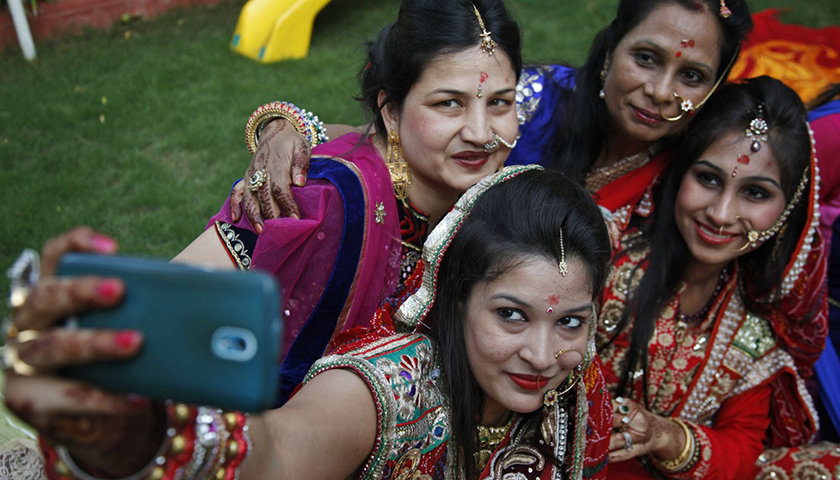
Policy Level Changes required to make Women Economically Empowered
by Yash Saboo July 10 2018, 6:47 pm Estimated Reading Time: 3 mins, 31 secsMany articles state that financial literacy and education are the key to making women economically more empowered. Financial literacy can empower women to develop a financial identity even with their household savings, and help them get access to formal credit for gainful occupation, giving them economic freedom and power. Education, on the other hand, empowers women to achieve more in their social, career, economic and family lives.
However, educating women or financial inclusiveness is unlikely to be effective in making women economically more empowered because of several reasons. The primary reason being marriage. With marriage almost being universal in India, the different trajectories that single and married women have followed clearly hint at marriage and consequent childcare being one of the important barriers in access to employment for women. Juxtaposed against a rapid increase in the number of years women get an education, an increase in age for marriage and a reduction in fertility levels, these trends seem contradictory to the trend of labour force participation seen in India.

Quartz
The National Sample Survey shows that among working-age women who are currently not enrolled in educational institutes, labour force participation (LFP) stood at 37% in 2011, registering a 10% fall over 20 years. The explanations for this decline have circled around rising incomes, the changing education structure and the decline in the number of agricultural jobs but it does not focus on one specific demographic group—married women.
The observed decline in female LFP has been the largest and most significant for rural married women. In urban areas, while there has been no decline in participation by married women over time, the figure has been stagnating. On the other hand, there has been no fall in the employment rate for men in the same demographic group.
A few facts underline this phenomenon. In 2011, around 50% of unmarried women in the 15-60 age bracket were in the labour force, while the proportion for married women was 20%. There has been a rise in labour force participation rates among urban unmarried women between 1999-2011, from 37% to 50%, but, for married women, it has been stagnant for 30 years. For married and unmarried men, the participation rates are high (around 95%) and constant over time.
Figures from the latest National Family Health Survey show that the average age for women to marry in India is between 18-20 and the average first childbirth age is between 21-22. The average age for women who complete graduation is 23 and their childbirth age is 24.
There are two significant implications of this data. First, there is a small window of opportunity to be economically active after completion of education and before marriage. Second, with universal marriage and expected child-bearing, there is little space between marriage and first child.

Quartz
Are women more likely to (re)enter the labour force once the children have grown up? Generally, women do not work after marriage if household tasks are considered more important by them or their families. But times are changing and for good. A look at participation numbers at the cohort level shows that there is an increase in participation proportion from 17% in the early 20s to 22% in the early 30s. Even for women with graduate and higher level of education, it increases from approximately 13% in the early 20s to 28% in the early 30s. Childcare is clearly a constraint for married women and continues to remain a roadblock from the employment perspective.
The statistics clearly show that the focus on educating and their financial inclusiveness is unlikely to be effective in making them economically more empowered unless there are some serious policy changes.
We need measures that address the constraints of childcare faced by married women. With patriarchal norms underlying the traditional role of men and women in Indian households and non-marketization of childcare, coupled with a shift towards nuclear families, the burden of domestic work lies on women.
Schemes have been launched to solve this problem. Under the Maternity Benefit Amendment Act (2016), provision of a crèche facility has become mandatory for establishments employing at least 50 individuals. While this won't make a sizeable effect in the statistics, the heart of the matter is that we have to get women out of their households to get more women to work.








-173X130.jpg)
-173X130.jpg)
-173X130.jpg)
-173X130.jpg)